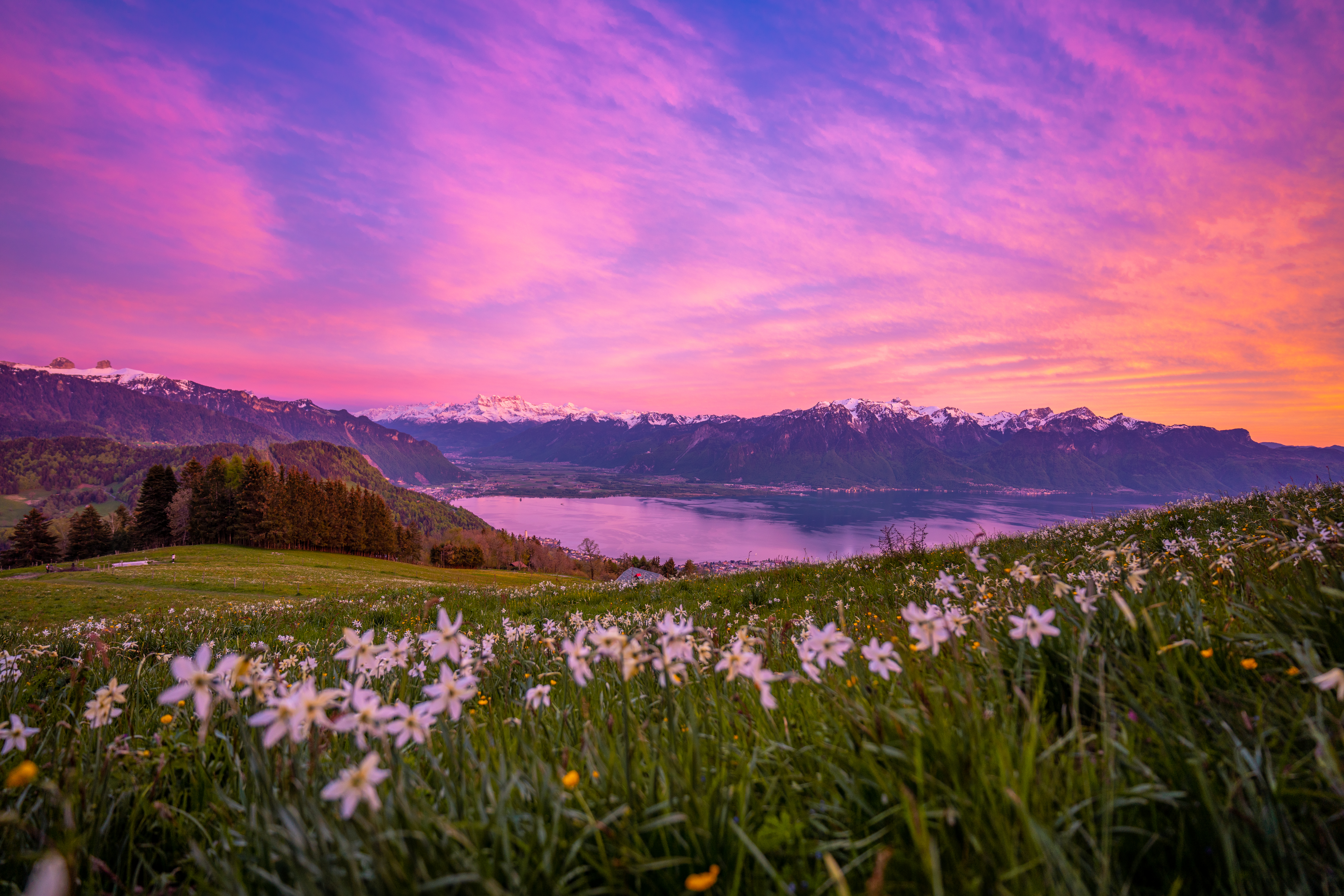It might seem improbable that something as solid and stolid as a mountain could be inspirational to composers. A quick flick through the catalogue, however, throws up numerous examples of these towering formations reflected in heights of creativity by composers the world over. I’ve chosen six for this blog: a couple of them you might already be familiar with; the remainder will hopefully be a peak of your day.
First, we go Down Under and to music by the Australian composer, conductor and teacher Alfred Hill (1869-1960). He studied in Leipzig in the late 1880s and then continued the compositional style he learned there by writing music that, some say, suggests the work of a latter-day Australian Dvořák. His early musical career was in New Zealand; he returned to Australia in 1897, involving himself in opera and operetta, and teaching at the New South Wales State Conservatory until a dispute led to his resignation in 1934.

Tongariro
Source: Ryancoke2020 / CC BY-SA 4.0 via Wikimedia Commons
The Sacred Mountain (8.220345)
To another continent now, and music by the Chinese composer Kuan Nai-chung, who was born in Beijing in 1939. From his output of more than a hundred works I’ve chosen Memory of Mountain, which was originally a three-movement banhu concerto. (The banhu is a traditional bowed string instrument used primarily in northern China). The version we will hear is its rearrangement as a violin concerto with Chinese orchestra. The composer introduces the work:

Alishan Mountain Range
Source: Jirka Matousek / CC BY 2.0 via Wikimedia Commons
Here’s the first part of that movement.
The Sacred Tree in the Fog (8.574180)
Continuing our continent-hopping, we land now in North America and hear a short piece for flute and piano by the American composer Ned Rorem, now aged 97. Mountain Song was one of his earliest works, which he introduces as follows:

Pine Mountain, Kentucky
Source: J654567 / CC BY-SA 3.0 via Wikimedia Commons
My first real work for the instrument was Mountain Song, for flute and piano, written in 1949 as background for a play by Iris Tree. To evoke the decor of the drama, which unfolded in rural Kentucky, I paraphrased a half remembered southern folk song. The music was eventually published separate from the play, in a version suitable also for oboe, violin, or cello.”
Mountain Song (8.559674)
And now for something that exchanges such naivety for a touch of depravity. Modest Mussorgsky (1839-1881) was one of ‘The Mighty Five’ Russian composers whose mission was to establish a brand of Russian national music free of Western influences. As early as the late 1850s, Mussorgsky was considering the idea of a musical witches’ sabbath, a legend found in the oral traditions of several countries.
The legend relates how, during the night before St John the Baptist’s Day (23 June), which is also the summer solstice, witches meet on a high, bare mountain, inaccessible to people, for an orgy of unholy gratification with their master Satan. According to Russian tradition, Černobog (The Black God) also appears next to Satan; this is a demon that no human being can overcome. The racket dissipates by early morning, when a nearby village church rings the bells for Matins.
Mussorgsky’s sketches for the first version of A Night on the Bare Mountain have not survived, but he returned to the idea for such an orchestral work some years later, appropriately finishing the score on the eve of 23 June 1867, but it was never performed during Mussorgsky’s lifetime. Here’s the first part of the work.
A Night on the Bare Mountain (OC459)

Swiss Alps
Source: Giles Laurent / CC BY-SA 4.0 via Wikimedia Commons
The 50-minute work portrays a day in the life of an Alpine mountain, from sunrise to sunset, with individual scenes describing stages of an ascent, from the entry into a wood to the summit, taking in a brook, waterfall, meadows, pastures, thicket and undergrowth, and a glacier. The glorious music describing the view from the summit I’ll leave for you to discover yourself. I’m going to play an extract from the descent into sunset: Thunder and Storm. Listen out for the wind machine!
Thunder and Storm (OC891)
My final pick is My Mountain Top by the British saxophonist-composer Andy Scott (b. 1966) who blends elements of classical music, jazz, funk and Latin styles to create an individual voice. Here’s how he introduces the work:
“My Mountain Top is scored for saxophone with a backing track that comprises a sampled 1950’s vinyl crackle, keyboard washes and narration by Lemn Sissay (the author of the eponymous poem). I created a saxophone part that sets an eerie scene (via timbral trills and overblown pitches) before warm keyboards emerge, repeating three chords, over which Lemn’s magical words appear with the saxophone supporting and responding, without ever overpowering.”
Not everyone can be mountaineers, but we can all conquer our own, personal summits.
My Mountain Top (8.579076)



2 thoughts on “High scores.”